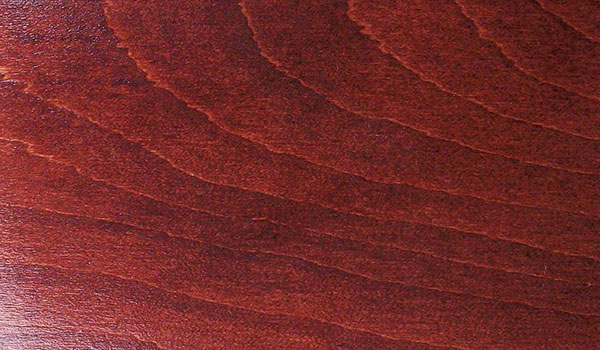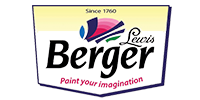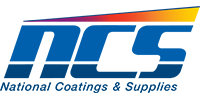Jocoat
- Home
- Jocoat
PU COATINGS
PU wood coatings are a type of polyurethane paint that are used to protect and enhance the appearance of wood and other substrates. They are highly resistant to chemicals, abrasion, and weathering, and provide a hard and durable finish. PU wood coatings can be applied by spray, brush, or roller, and can be clear or pigmented. Some PU wood coatings also have special features such as anti-bacterial, eco-friendly, or ultra-matt

NC COATINGS
NC coatings are a type of physically drying 1K coatings used for wood surfaces. They are less commonly used nowadays due to their conditional lightfastness and lower resistance to chemicals. However, they are still preferred for their cost-effectiveness and are ideal for renovating old pieces of furniture or coating replicas. NC coatings are solvent-based and produce a hard yet flexible and semi-durable finish with good clarity and smooth film. They are also known for their ease of application and fast productivity.
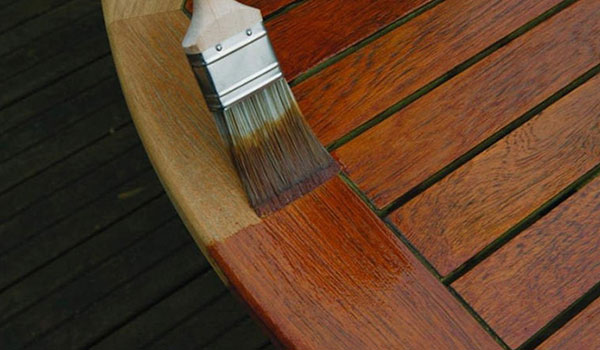
ACRYLIC COATINGS
Acrylic coating is a type of water-based coating made of pigment and acrylic polymer emulsion. It dries quickly and becomes water-resistant when dry. Acrylic coating can provide various benefits, such as durability, reflectivity, color retention, and resistance to weathering, ultraviolet radiation, and chemicals. It can be used for different surfaces, such as wood, metal, concrete, and textile
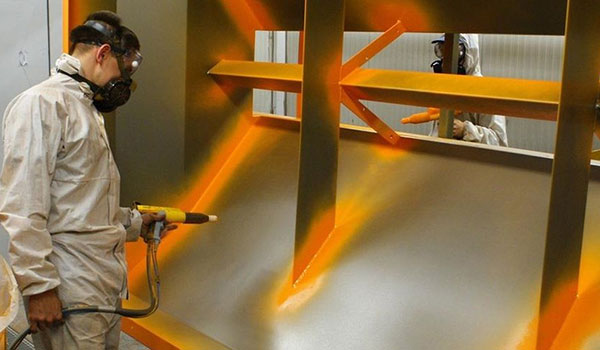
EPOXY PAINTS
Epoxy coating is a type of thermoset coating made of two components: an epoxy resin and a polyamine hardener. When mixed, they undergo a chemical reaction that creates cross-linking of the molecules and forms a solid and durable coating. Epoxy coating can be applied in different forms, such as liquid, powder, or solvent-based. It can provide various advantages, such as corrosion resistance, chemical resistance, adhesion, and electrical insulation. It can be used for different surfaces, such as metal, concrete, wood, and plastic
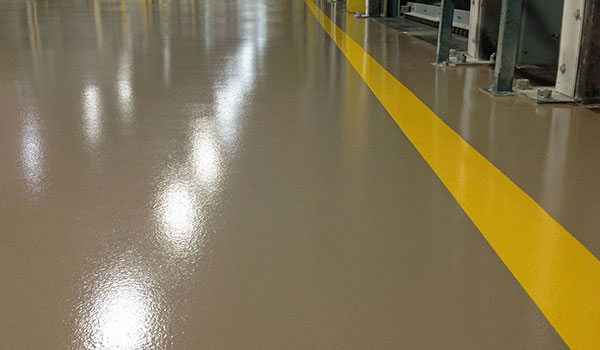
METALLIC COATING
A metallic coating is a type of coating that contains a metallic powder or inert mixture. It is applied to equipment that requires a shiny or glossy appearance and protection from sunlight, corro-sion, and oxidation. Metallic coatings can be applied using a sprayer, roller and brush. The coating forms a corrosion-resistant protective layer that can withstand harsh environmental conditions by changing the surface properties of the material on which it is applied.

MULTICOAT
Multicoat is an adjective that describes something that has several layers of a substance, such as paint, polymer, or waterproofing membrane. It can also be a verb that means to apply multiple coats of a substance on something. Some examples of multicoat are: A multicoat paint system that provides better protection, durability, and appearance than a single coat. A multicoat polymer blend that has improved properties, such as strength, stability, and compatibility. A multicoat waterproofing membrane that prevents leakage, corrosion, and damage to the surface.
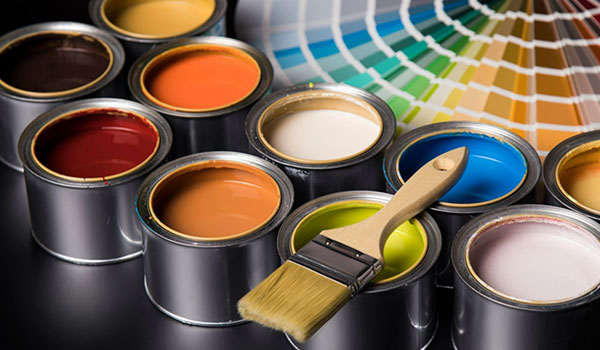
WATERBASED WOOD COATINGS
Water-based wood coatings are a type of surface treatment that is applied to wooden surfaces to provide a glossy and protective finish. They are made up of various percentage chemical components dispersed in water, with the binder being an acrylic or polyurethane resin emulsified or dispersed in water. Water-based coatings are considered environmentally friendly as they have a much lower solvent content, which makes them less harmful to the environment and human health. They produce a hard yet flexible and durable finish that is resistant to scratches, abrasions, and chemicals. Water-based coatings are known for their ease of application and fast productivity. They also offer a high degree of elasticity over time, which allows the paint film to follow the movements of the wood without being damaged. Hydroplus water-based coatings are designed to reduce the absorption of moisture and solar radiation. In this way, they guarantee advantages in terms of resistance to the outside and reduction of solvent emissions. The transparent and pigmented Hydroplus thixotropic topcoats have good elasticity, absence of blocking phenomena, good vertical hold, excellent distension, and good resistance to tin sedimentation.

THINNERS
Wood thinner is a special solution that is used to thin out wood fillers like putty and paste. It is important to use this solution when working with wood fillers because these products can be very thick and hard to work with. Wood filler thinner helps to make them more malleable, easy to spread, and easier to sand down
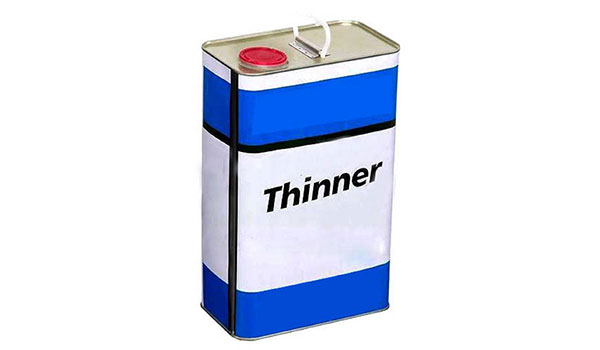
VARNISH
A varnish is a resin dissolved in a liquid that is applied to wood,
metal, or other materials to form a hard, clear, shiny surface when
dry. It can also refer to the covering or glaze given by the application
of varnish. Varnish can be used to protect surfaces from scratches,
abrasions, and chemicals. It can also be used to enhance the
appearance of surfaces by providing a glossy finish. Varnish can be
applied using a brush, roller, or spray gun. It is available in various
shades and can be tinted to match the color of the surface it is being
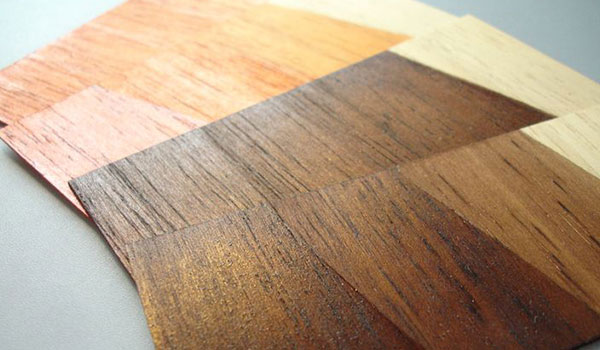
STAINS
A Stains are commercially produced substances used for
coloring wood. They are a type of paint that is used to color wood and
provide a protective layer. Wood stains are made up of colorants
dissolved and/or suspended in a vehicle or solvent. Wood stains can
be classified into two categories: penetrating stains and surface stains.
Penetrating stains are those that penetrate the surface of the material
and are absorbed into it, while surface stains are those that remain on
the surface of the material. Oil-based stains are formulated with a
linseed oil carrier and form a thick, deeply penetrating finish. They
work great for most interior wood projects, especially those that
require extra protection. Oil-based stain tends to result in a more
richly colored finish than you’ll get with other stain types. Waterbased
stains are much faster drying than most oil-based stains and are
better for the environment. They can be applied by brush or rag. Gelbased
stains are thicker than liquid oil-based stains and do not
penetrate as deeply into the wood. They are ideal for vertical surfaces
as they do not drip or run.
